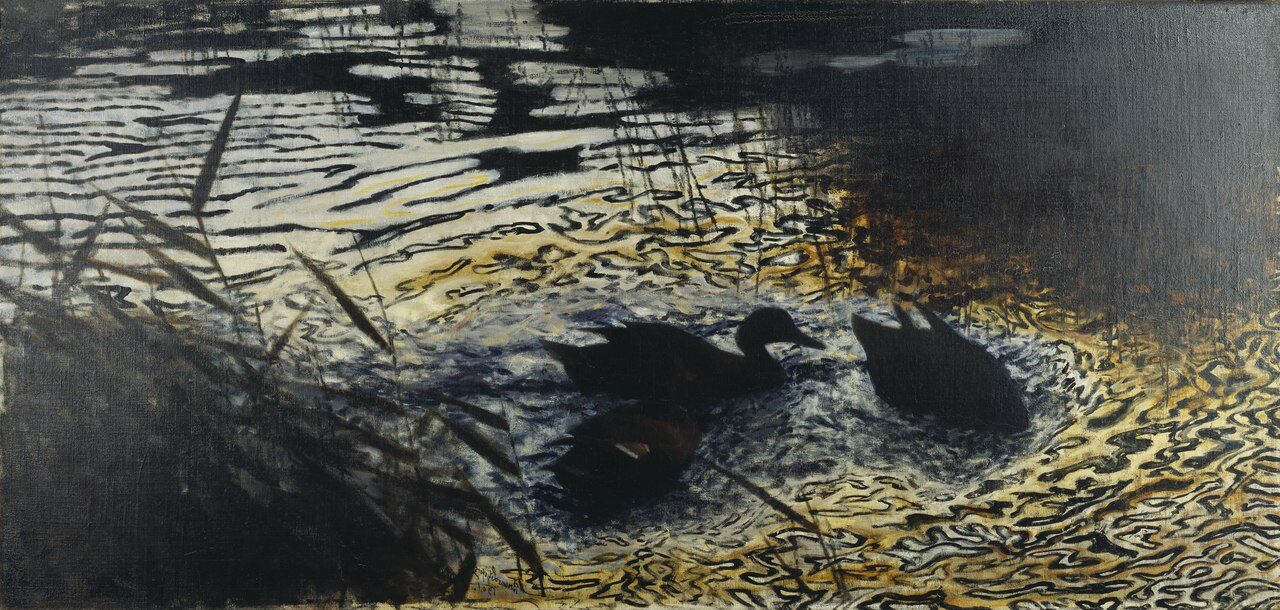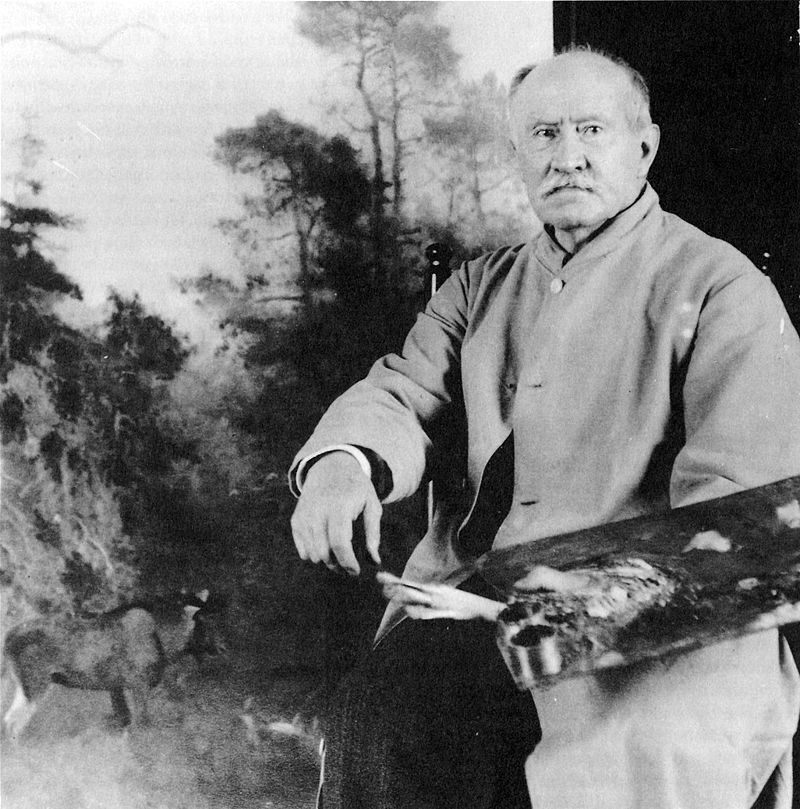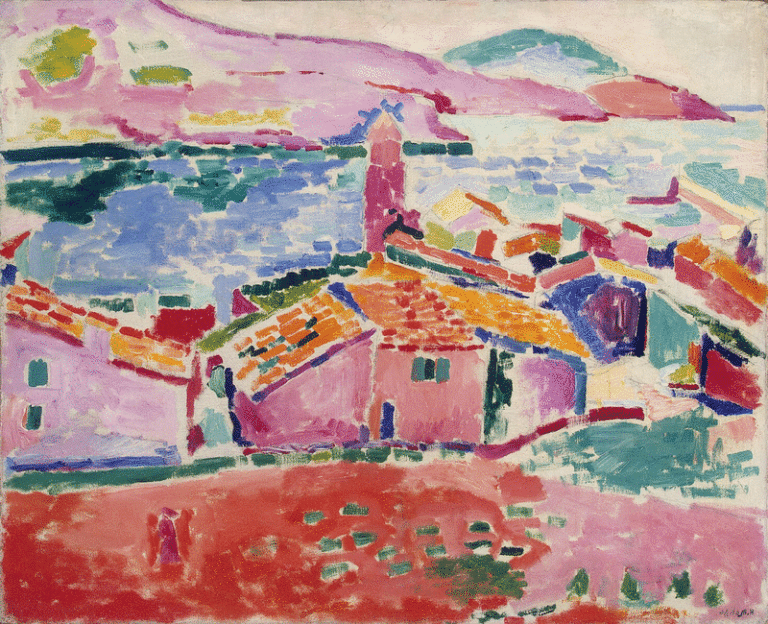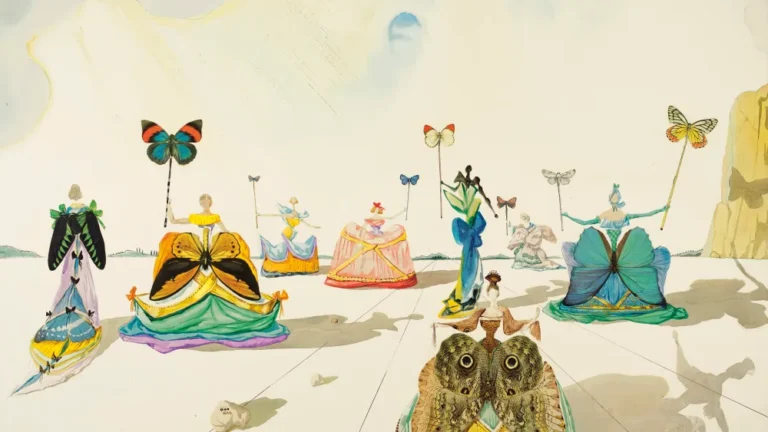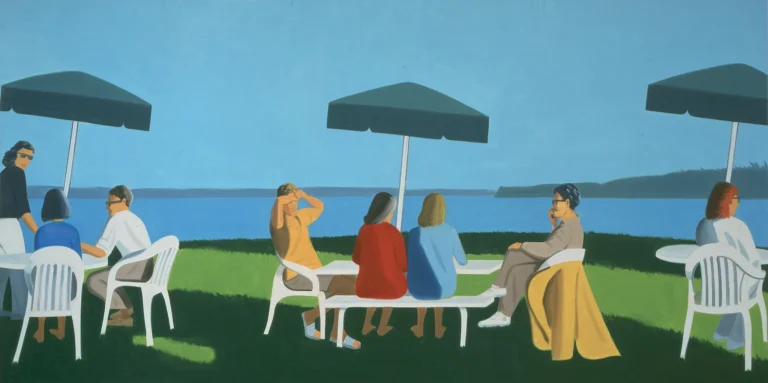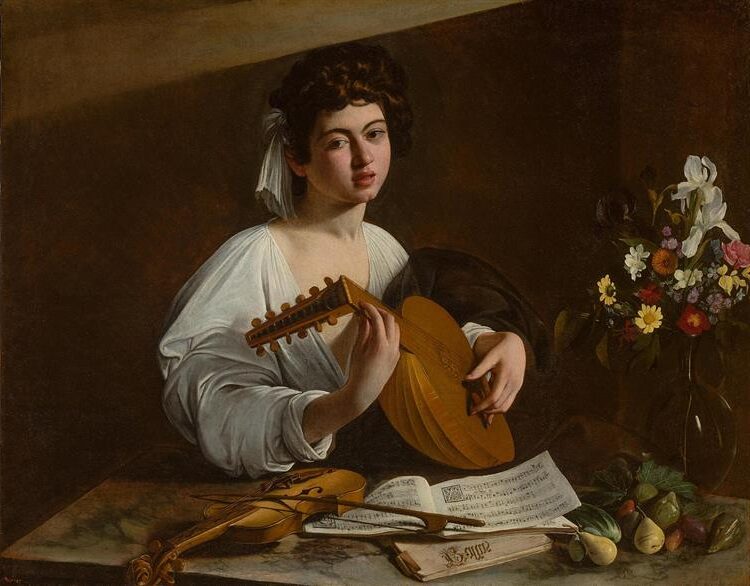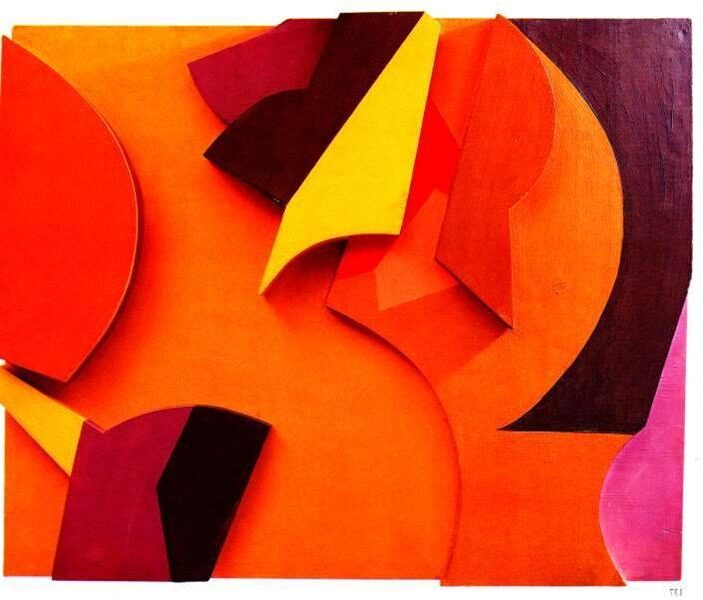Bruno Liljefors: Painter Who Revolutionized Wildlife Art in Scandinavia
Born: 14 May 1860, Uppsala, Sweden
Death: 18 December 1939, Stockholm, Sweden
Art Movement: Naturalism
Nationality: Swedish
Institution: Royal Swedish Academy of Arts, Stockholm
Bruno Liljefors: Painter Who Revolutionized Wildlife Art in Scandinavia
Life and Education of Bruno Liljefors
Bruno Liljefors developed from a young student in Uppsala to one of Sweden’s most celebrated wildlife painters. His formal training and European travels shaped his unique artistic vision, capturing the natural world with remarkable authenticity.
Early Life in Uppsala
Bruno Liljefors was born on May 14, 1860, in Uppsala, Sweden. His childhood in this university town likely influenced his observant nature and attention to detail.
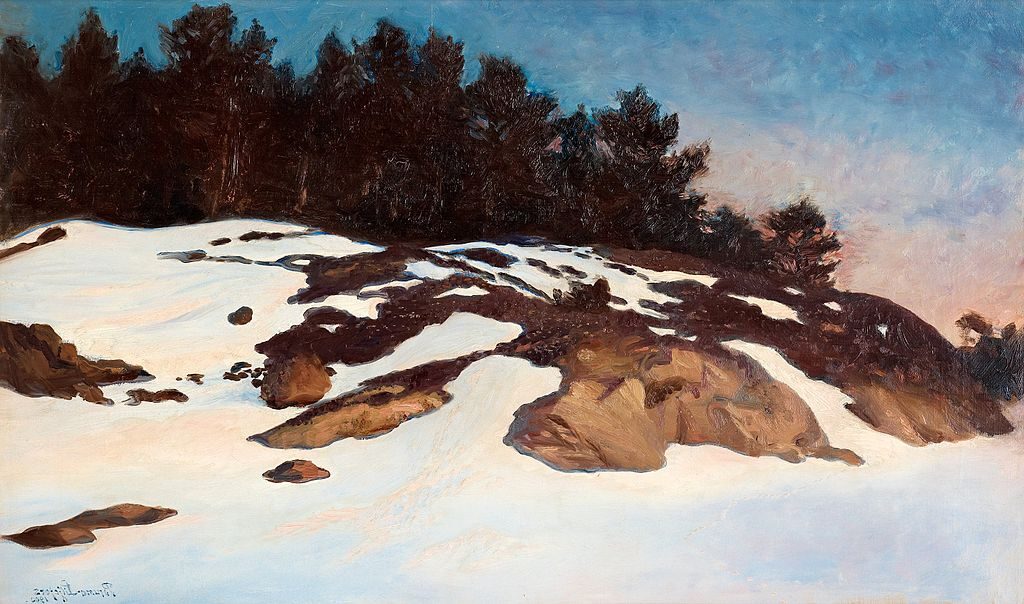
Winter Landscape at Dawn, 1900, by Bruno Liljefors
He spent six years at Uppsala Cathedral School, where he received his early education. Even in his youth, Liljefors showed a keen interest in nature and wildlife, subjects that would later define his artistic career.
Uppsala’s natural surroundings provided Liljefors with abundant opportunities to observe local animals and landscapes. These early experiences built the foundation for his later work as a wildlife painter.
Studies at the Royal Academy and Time in Düsseldorf
Liljefors began his formal artistic training at the Swedish Royal Academy of Fine Arts in Stockholm in 1879. He studied there until 1882, developing technical skills while forming important connections.
During his time at the academy, he formed a lasting friendship with another painter who would influence his artistic development. After completing his studies at the Royal Academy, Liljefors sought to expand his artistic horizons.
From 1882 to 1883, he continued his education abroad, spending time in Düsseldorf, Germany. This region was known for its artistic community and provided Liljefors with exposure to different painting techniques and perspectives.
Influence of European Art Movements
Liljefors traveled extensively throughout Europe, visiting artistic centers like Paris, Venice, Florence, Naples, and Rome. These journeys exposed him to various European art movements that influenced his evolving style.

A Fox Family, 1886, by Bruno Liljefors
In Paris, he likely encountered the emerging Art Nouveau movement, characterized by natural forms and structures. This aesthetic complemented his interest in wildlife painting.
He also spent time among the Scandinavian artist colony in various European locations. These communities of northern European painters often shared techniques and artistic philosophies while working abroad.
These experiences abroad helped Liljefors develop his distinctive approach to wildlife painting, combining technical precision with dynamic compositions that captured animals in their natural habitats.
Artistic Style and Techniques
Bruno Liljefors developed a distinctive artistic approach that combined careful observation with innovative techniques. His work bridged traditional and modern styles, making him a pioneer in wildlife art.
Impressionist Influences and Animal Motifs
Liljefors became Sweden’s most influential wildlife painter across two centuries. His work featured a groundbreaking blend of Impressionistic brushstrokes with carefully observed realism, particularly in his bird paintings, which became iconic.
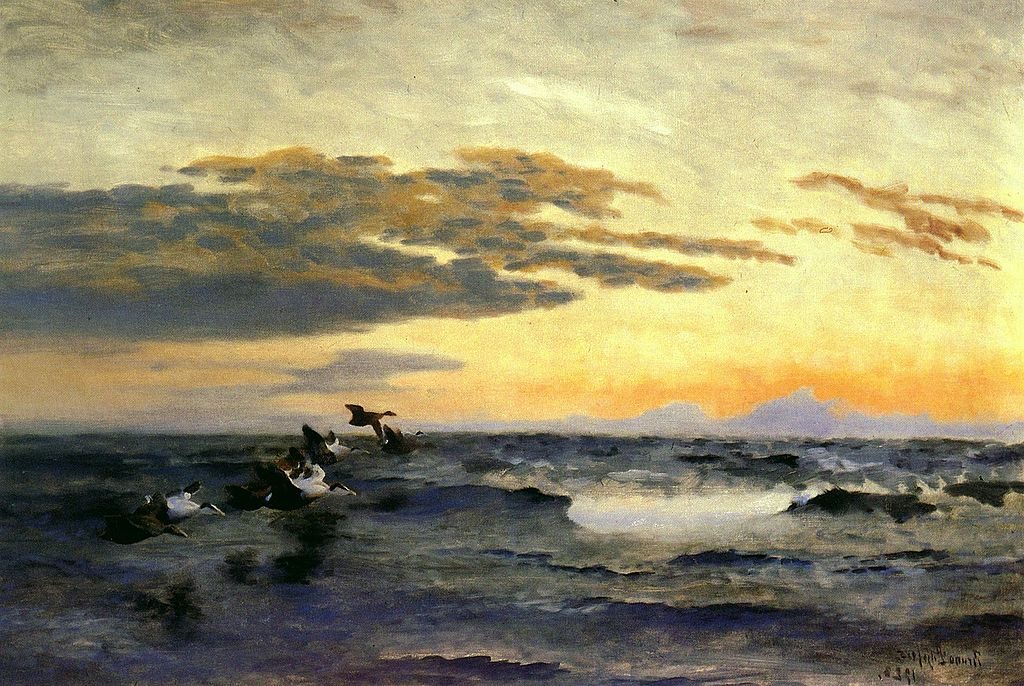
Eiders at Sunrise, 1928 by Bruno Liljefors
He perfected plein air painting, working directly in nature to capture authentic animal movements and behaviors. Japanese woodcuts significantly influenced his style, especially in his composition and approach to negative space.
His animal motifs often featured dramatic situations, showing his deep understanding of wildlife behavior. Liljefors’ oil on canvas works demonstrated his exceptional ability to capture the spirit of animals rather than merely their appearance.
Camouflage and Predator-Prey Dynamics
Liljefors’ paintings frequently depicted predator-prey relationships with remarkable accuracy. He understood camouflage patterns in nature and incorporated them into his work, showing how animals blend with their environments.
To achieve authenticity, Liljefors used unique observation methods. He climbed trees using his skills as an acrobat and gymnast to gain better vantage points. He also built hideouts and camouflaged himself to observe animals in their natural habitats undisturbed.
His paintings captured the tension of hunt scenes, freeze-framing moments of pursuit or escape. This approach required intimate knowledge of animal behavior and exceptional technical skill to portray movement and emotion.
Advent of Sequential Picture Stories
Liljefors pioneered a narrative approach to wildlife art through sequential picture stories. This innovative technique allowed him to show different stages of animal behavior or hunting sequences across multiple related works.
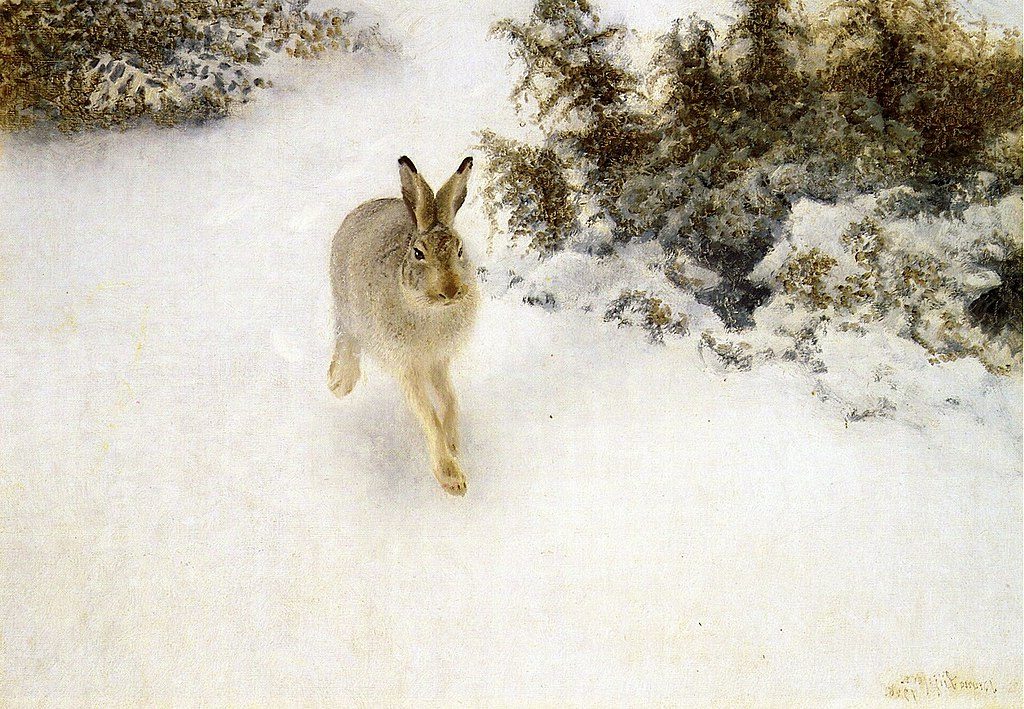
Winter Hare, 1908 by Bruno Liljefors
His sequential paintings documented complete predator-prey interactions, showing hunting, pursuit, and capture. This storytelling approach brought a cinematic quality to wildlife art decades before film could capture such moments.
The sequential format allowed viewers to understand animal behavior more completely than single static images. Liljefors combined scientific accuracy with artistic drama in these series, educating viewers while creating compelling visual narratives.
Significant Works and Contributions
Bruno Liljefors established himself as one of the most important wildlife painters through his distinctive style and technical mastery. His works captured the authentic essence of animals in their natural habitats, revolutionizing wildlife art in Sweden and beyond.
Renowned Paintings and Exhibitions
“Capercaillie Lek” (1888) stands as one of Liljefors’ most successful large-scale paintings, showcasing his skill in depicting these woodland birds. His painting “Fox and Hare” demonstrated his ability to capture the drama of predator and prey relationships in nature.
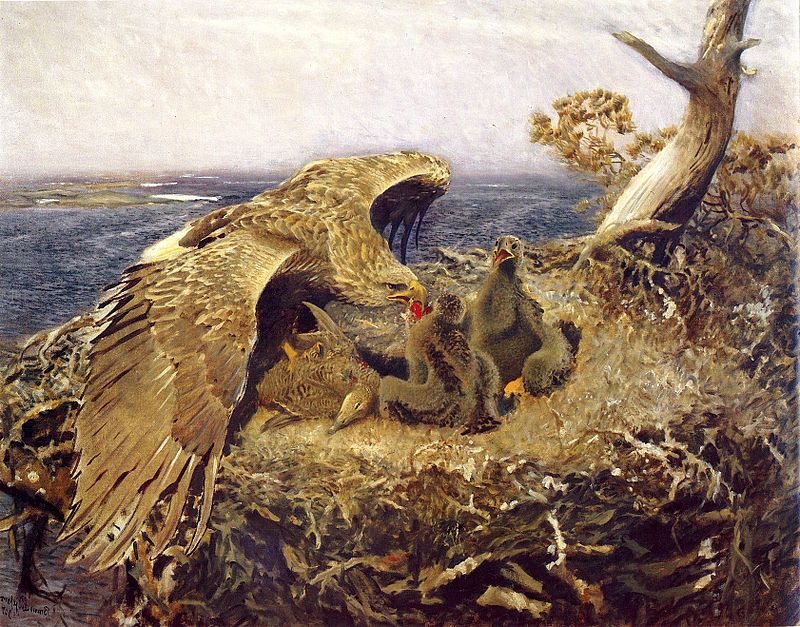
Sea Eagle’s Nest, 1907, by Bruno Liljefors
“Sea Eagle’s Nest” revealed his dedication to authenticity, often requiring him to use his acrobatic skills to climb trees and build hideouts for observation. His work “A Cat and a Chaffinch” displayed his talent for portraying the tension between domestic and wild animals.
Many of his finest works are housed in Sweden’s National Museum of Fine Arts, though his reputation eventually spread internationally. His oil paintings were characterized by detailed observation, dynamic compositions, and an uncanny ability to capture fleeting moments in nature.
Legacy in Wildlife Art
Liljefors transformed wildlife painting by rejecting sentimental and anthropomorphic portrayals common in his era. Instead, he depicted animals as they truly existed in nature: hunting, fleeing, or simply inhabiting their environments.
His influence extended to American wildlife art in the 20th century, helping establish wildlife painting as a serious artistic genre. Liljefors’ commitment to working directly from nature rather than studio settings revolutionized how artists approached wildlife subjects.
His technical innovations included impressionistic brushwork combined with precise anatomical understanding. This approach created paintings that captured both the scientific accuracy and emotional essence of wildlife encounters.
Inspirations for Swedish Comic Creators
Liljefors’ dynamic compositions and realistic animal portrayals have influenced generations of Swedish comic creators and illustrators. His ability to convey movement and tension in static images provided valuable techniques for sequential storytelling.
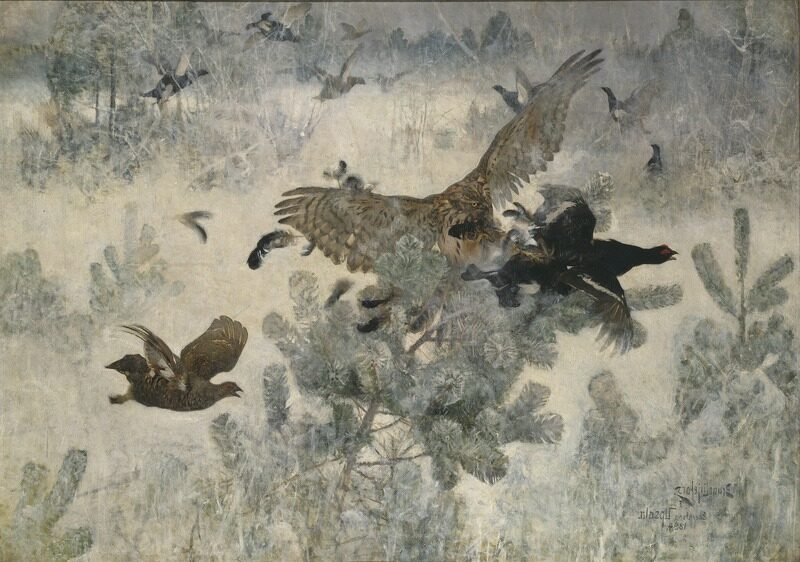
Hawk and Black-Game, 1884 by Bruno Liljefors
Several prominent Swedish comic artists have cited Liljefors’ work as formative in their approach to natural settings and animal characters. His dramatic hunting scenes, with their inherent narrative quality, offered powerful visual storytelling examples.
The authenticity in his wildlife depictions continues to inspire creators seeking to portray realistic animal behavior in their work. His legacy extends beyond fine art into popular visual culture, demonstrating the enduring power of his artistic vision.
Frequently Asked Questions
What are the most famous artworks by Bruno Liljefors?
Bruno Liljefors created numerous acclaimed paintings during his career. “Fox Family” (1886) remains one of his most celebrated works, depicting foxes in their natural habitat with remarkable detail.
“Eagle and Hare” (1902) showcases his mastery of capturing dramatic hunting scenes. The painting presents a powerful eagle descending upon a frightened hare in a snowy landscape.
“Common Swifts” (1886) demonstrates his ability to portray birds in flight with extraordinary accuracy and dynamism. Other notable works include “Sea Eagles” (1897) and “Morning Mood, Capercaillie” (1894).
How did Bruno Liljefors contribute to naturalistic painting?
Liljefors revolutionized wildlife art by emphasizing direct observation over stylized representation. Born in 1860, he spent countless hours studying animals in their natural environments rather than working from mounted specimens.
He pioneered the practice of painting animals as they truly appeared in nature, capturing their movements, behaviors, and interactions with their surroundings. This approach contrasted sharply with the more formal, static wildlife depictions common in his era.
His work bridged traditional academic painting and impressionism, incorporating modern techniques while maintaining scientific accuracy. This unique combination established new standards for naturalistic animal portraiture.
What are the characteristics of Bruno Liljefors’ wildlife art?
Liljefors’ paintings feature remarkable attention to animal anatomy and behavior. He often depicted predator-prey relationships, showing animals hunting, fleeing, or in moments of tension.
His compositions frequently place viewers at animal eye-level, creating an intimate perspective. This technique helps convey the animal’s experience rather than presenting them as mere subjects for human observation.
His color palette reflects the Swedish landscape with muted greens, browns, and grays. Liljefors masterfully used camouflage elements, sometimes making animals barely distinguishable from their surroundings—just as they would appear in nature.
Can you provide information on exhibitions featuring Bruno Liljefors’ work?
The National Museum in Stockholm maintains a significant collection of Liljefors’ paintings, with rotating exhibitions featuring his work. The Thiel Gallery in Stockholm also regularly displays several important pieces.
International retrospectives have been held at major institutions including the National Museum of Wildlife Art in Jackson, Wyoming. The museum houses one of the largest collections of his work outside Sweden.
Special exhibitions occasionally travel between European art museums, particularly in Scandinavian countries where his influence remains strongest. Museum websites typically announce upcoming Liljefors exhibitions several months in advance.
Where can collectors purchase original Bruno Liljefors paintings?
Original Liljefors paintings appear infrequently at major auction houses like Sotheby’s and Christie’s. When available, these works command significant prices, often reaching hundreds of thousands of dollars.
Specialized Scandinavian art dealers occasionally offer his smaller works or sketches. Potential buyers should seek thorough authentication documentation, as Liljefors’ popularity has led to misattributions and forgeries.
Collectors with limited budgets might consider high-quality reproductions or prints authorized by museums holding his work. These provide access to his artistry while original paintings remain rare on the market.
Has any publication thoroughly chronicled the life and works of Bruno Liljefors?
“Bruno Liljefors: The Peerless Eye” by Martha Hill provides comprehensive coverage of his artistic development and major works. This authoritative volume includes detailed analysis of his techniques and artistic philosophy.
Allan Ellenius’ scholarly work “Bruno Liljefors: Naturens målare” (Bruno Liljefors: Painter of Nature) offers extensive research on his life and artistic evolution. This book includes rare photographs and preliminary sketches.
Several museum catalogs documenting major exhibitions also serve as valuable references. The National Museum of Stockholm has published multilingual catalogs featuring essays by art historians specializing in his work.

